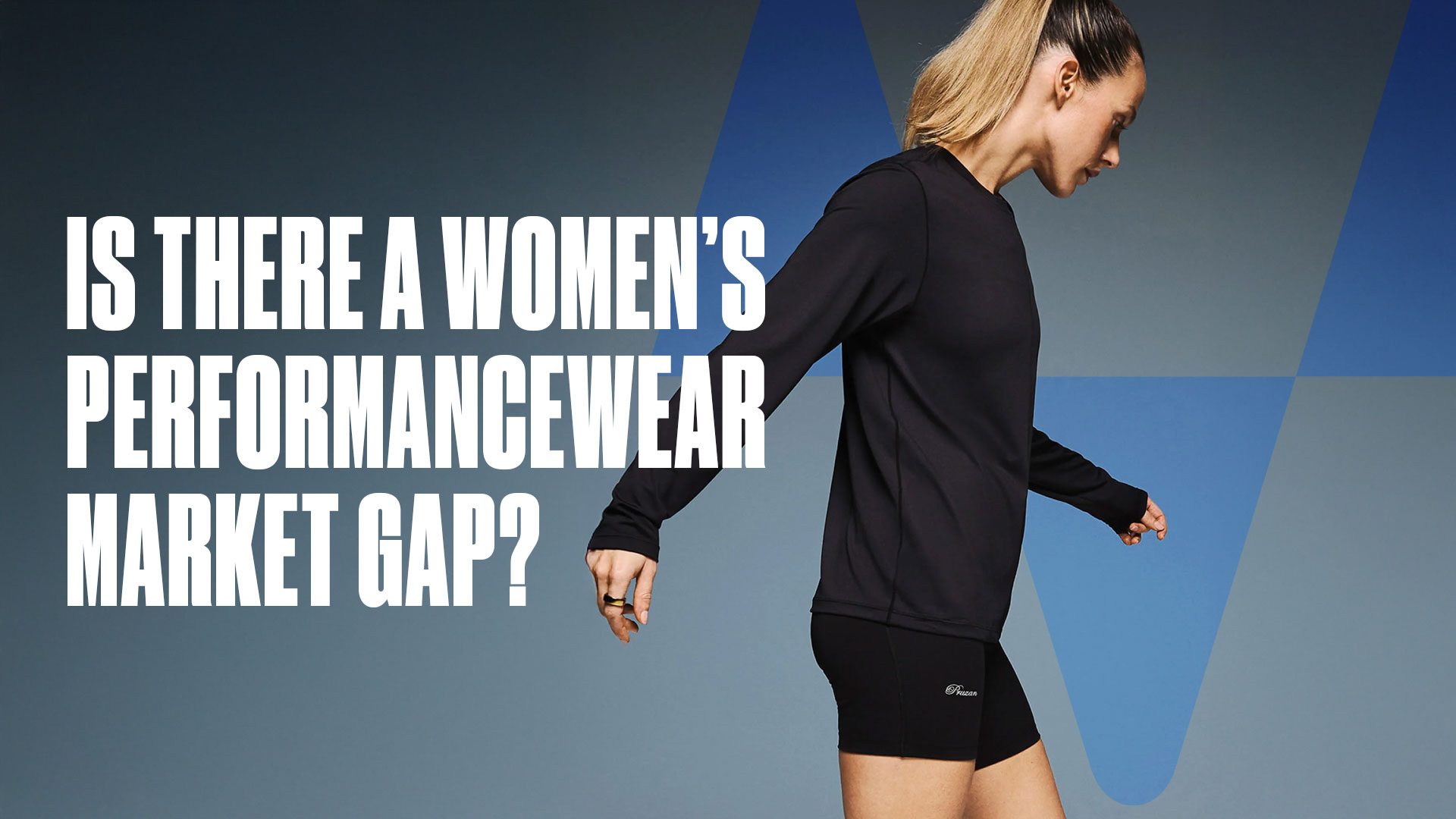
edition+partners just dropped a sharp piece titled “Where is the Satisfy Running for Her?” It is a perceptive mapping of 44 global sportswear brands that reveals a striking insight: women’s performancewear is still being built on men’s terms. The report unpacks a silent gap in the market, and its findings deserve attention from every brand and leader in the sports, apparel and outdoor space.
You can read the original report here: edition+partners
edition+partners mapped more than three dozen brands, comparing performance tech with cultural identity and gender focus. What they found was clear: technical gear is almost all male coded, while female founded brands sit in the comfort led athleisure quadrant. That upper right space, high performance with a female-first lens, is virtually empty.
Sure, you will find Satisfy and UVU on one side, Nike and Adidas in the centre, and Lululemon and Alo on the other. But no brand is striking in both tech and cultural voice for women. The result is a landscape full of pastel rebrands and leggings that shrink male silhouettes while calling it a women’s collection.
At first glance, the whitespace is obvious. If men have Satisfy, women deserve their equivalent, a brand built from the ground up with purpose, grit and race-ready credentials.
But edition+partners also challenge that assumption. Maybe demand for ultra-technical kit is not lacking, maybe women are finding relevance elsewhere: in brands with style, community, and storytelling. In that case, the gap may be in perception, not product.
The data shows an evolution in what women want. Marathon starts, Strava leaderboards, ultra finisher tees, it is no longer unusual to see female athletes logging VO₂ max sessions next to editorial shoots. Performance is identity and preparation, across all channels.
Yet the kit does not reflect that drive. Outdoor event crowds include women wearing men’s technical shorts in small sizes, or choosing comfort gear built for wellness not performance. The tools are there but the design, the cultural cues, and the ambition are not matching up.
Some emerging names are breaking moulds. PRUZAN, LNDR and most notably Aesene, now building collections from coaching insight, are weaving performance into women-specific narratives with credible storytelling.
They show that this space cannot be another pastel repositioned unisex drop. The real opportunity lies in creating a brand through her lens, aesthetics, ambition and authenticity all aligned. Think performance fabrics, editorial DNA and founders who get the athlete’s mindset from lived experience.
Forward-thinking brands are asking bold questions:
Brands that respond to this gap could define the next era of women’s sportswear, turning purpose into product and followers into loyal ambassadors.
Women are running, competing, training, living fitness the way men have for decades. If performancewear brands want to stay relevant, they need to rethink what “for her” really means, beyond colourway, beyond fit, all the way into culture, credibility and creative conviction.
At Virtua, we are working with brands that want to go beyond the typical leadership search, to find people who can shape this kind of category-defining shift. From product leads who understand form and function, to creative directors who speak to culture, we help brands build teams that can launch a truly female-first performancewear story.
Because if women deserve their own stage in sport, they deserve their own performancewear too.
Read the full edition+partners analysis and decide how your brand will respond.